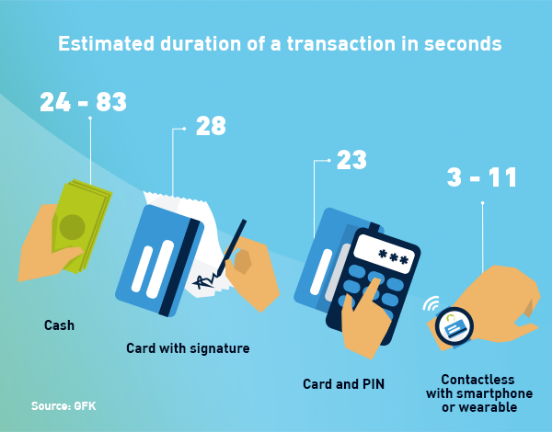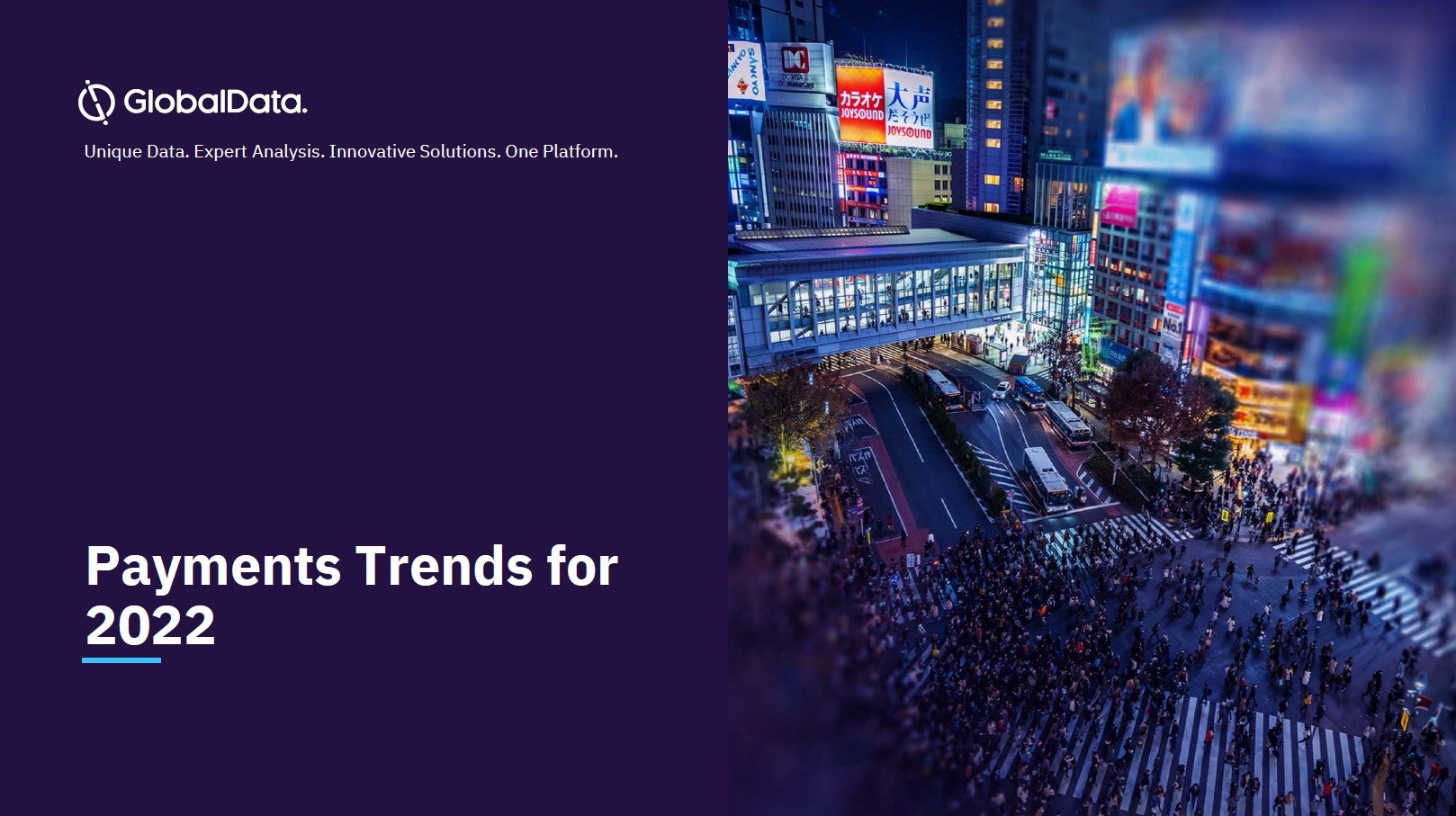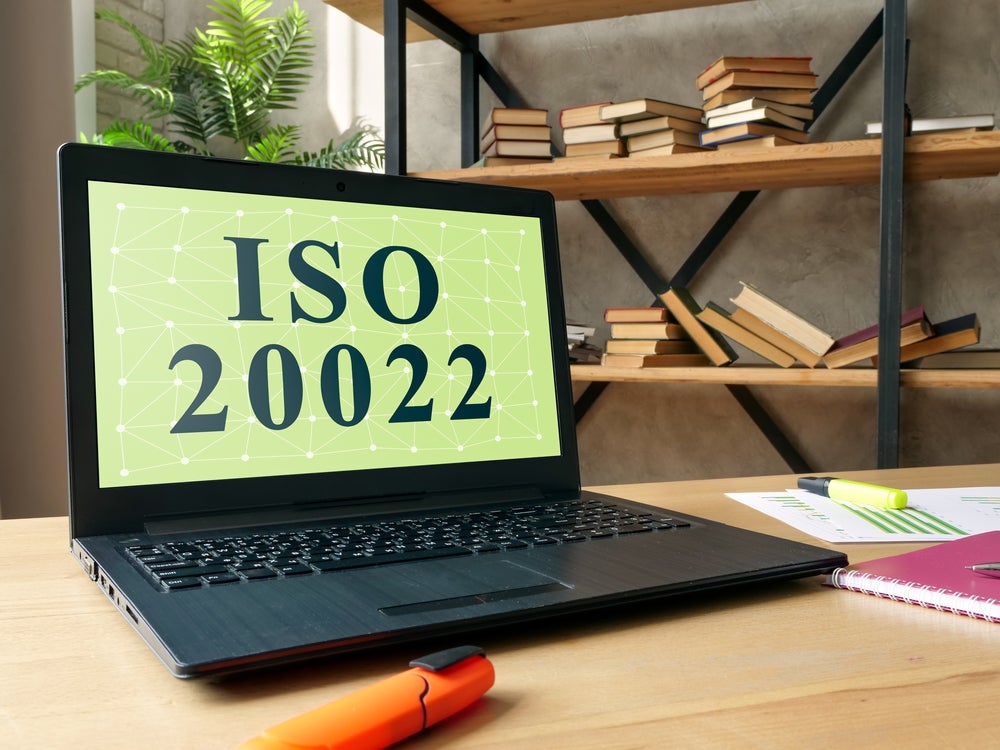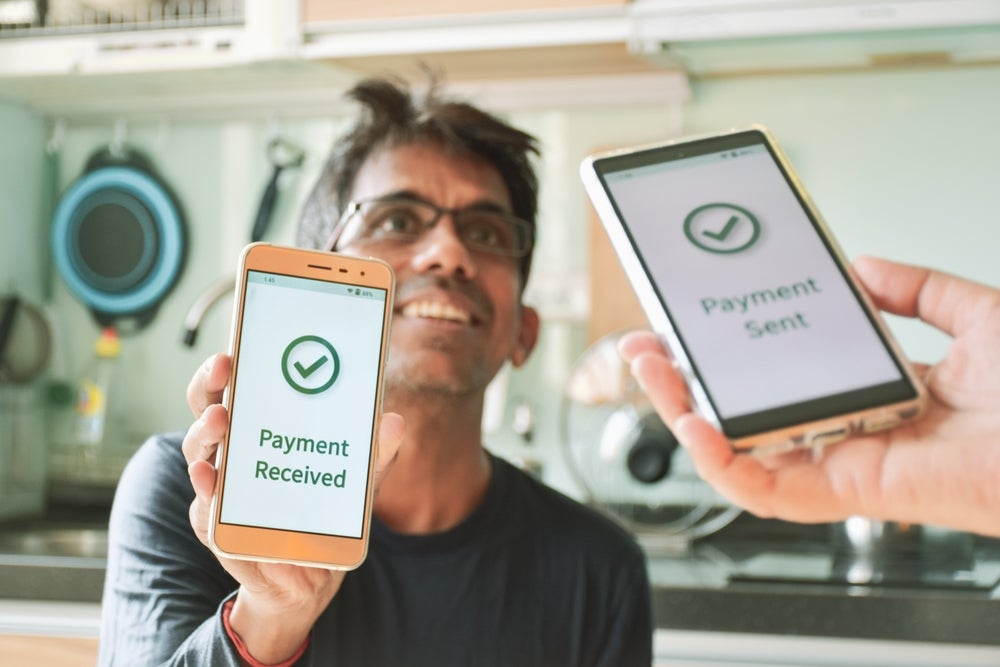
The coronavirus pandemic has shifted spending patterns towards daily essentials, where contactless usage is highest, says the American card giant.
Persistent rumours that cash will transmit the virus (though not supported by the World Health Organisation) are additional factors driving both customers and merchants to cashless payments.
How well do you really know your competitors?
Access the most comprehensive Company Profiles on the market, powered by GlobalData. Save hours of research. Gain competitive edge.

Thank you!
Your download email will arrive shortly
Not ready to buy yet? Download a free sample
We are confident about the unique quality of our Company Profiles. However, we want you to make the most beneficial decision for your business, so we offer a free sample that you can download by submitting the below form
By GlobalDataIn the U.S., this is leading to increasing awareness and usage of no-touch payments among consumers who are looking to limit interaction during checkout during this time.
Tap to pay transactions in everyday segments in the U.S. including grocery and pharmacy has grown more than 100% year over year, says the card issuer.
Shift in spending patterns
31 million Americans tapped a Visa contactless card or digital wallet in March 2020, up from 25 million in November, with overall contactless usage in the U.S. growing 150% since March 2019.
Visa acknowledges that the full impact of COVID-19 on tap to pay adoption across the world is yet to be fully seen. However, it says that early indications highlight “a shift in consumer spending toward every day, essential segments where contactless usage is high such as grocery and pharmacy.”
The U.S. now has the most contactless cards of any market globally at 175 million, with nine of the top ten U.S. issuers actively rolling out new contactless cards to customers.
“Consumers have been quick to adopt these new cards; not only do more consumers have cards, they are using them regularly as contactless card transaction growth continues to accelerate,” the company says.
Reducing fraud
Contactless payments, or tapping to pay with a contactless card or mobile device, are fast becoming the preferred way to pay globally with nearly 60% of Visa transactions outside of the U.S. occurring with a tap.
Tapping to pay enables a safe and secure experience without the need for customers to touch the checkout terminal.
“ Not only is tapping to pay a safe and reliable solution, it is a secure one as contactless transactions are secured with dynamic EMV® Chip security technology that has already proven to drastically reduce counterfeit fraud,” Visa says.
Expanding tap to pay around the world
Visa has worked with payments industry partners and governments to support raising contactless payments limits in markets around the world that require cardholder verification on tap to pay transactions.
More than 50 markets across Europe, the Middle East, Africa and in Canada have taken the important step to help more individuals utilize this safe and reliable way to pay.
For example, in the UK alone in the first three weeks of April with the new increased contactless limit, we have seen an approximately 50% reduction in the number of times Visa cardholders needed to touch a checkout terminal to complete their transaction.
Delivering resources and best practices for the point-of-sale
Visa has developed new signage and collateral for merchants who have enabled a tap to pay checkout and are interested in raising awareness for how to pay this way with their customers.
These materials are available at no cost for interested merchants here, in addition to best practice guides and educational resources for staff.
Many merchants in the U.S., such as Pizza Hut, Southeastern Grocers, Subway, Walgreens and Whole Foods, have already implemented tap to pay best practices at checkout.








